Over three consecutive nights in mid-November, the Video Art and Experimental Film Festival celebrated its fifth anniversary, a milestone that brought filmmakers, artists, and film enthusiasts to the Tribeca Film Center in NYC. For the official selection, our curators chose from the largest pool of submissions in VAEFF’s history, and also invited a number of exceptional artists. The resulting lineup is a captivating roster of both established and emerging artists from around the globe.
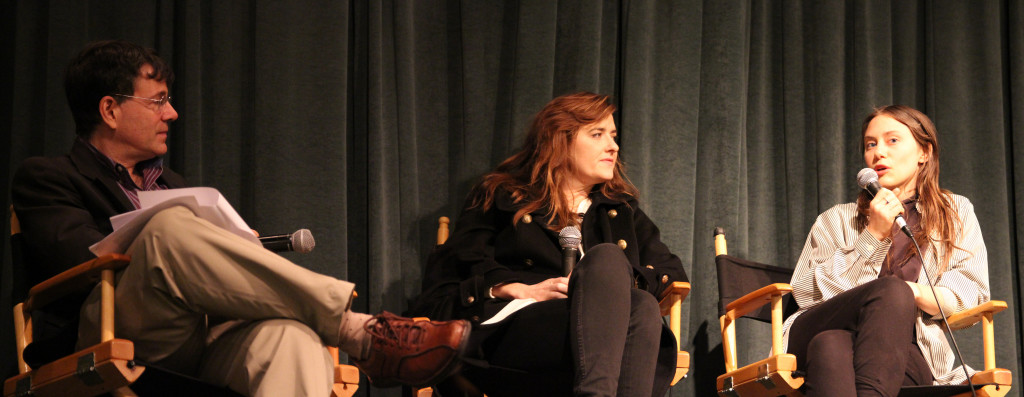
The goal of this year’s festival is to bring together the most daring and provocative video arts and experimental films from around the world. This year, we placed particular emphasis on selecting films that challenge conventional ideas of what video art and experimental cinema is, whether this is in terms of form, context, aesthetics or the platforms in which they have been shown.
This year, VAEFF featured two programs: “Beauty, Sex, and Shame” and “Chaos Meets Structure”. “Beauty, Sex, and Shame” examined the intersections of beauty, shame, and sexual representation and “Chaos Meets Structure” captured the ever-changing relationship between chaos and structure at varying levels of formality.
The “Beauty, Sex, and Shame” program featured a wide breadth of films, ranging from creative music videos — David Bertram’s “Data: Don’t Sing” — to “fashion films” — Nick Knight’s “Sans Couture” and Marie Schuller’s “La Taille” — to animation.
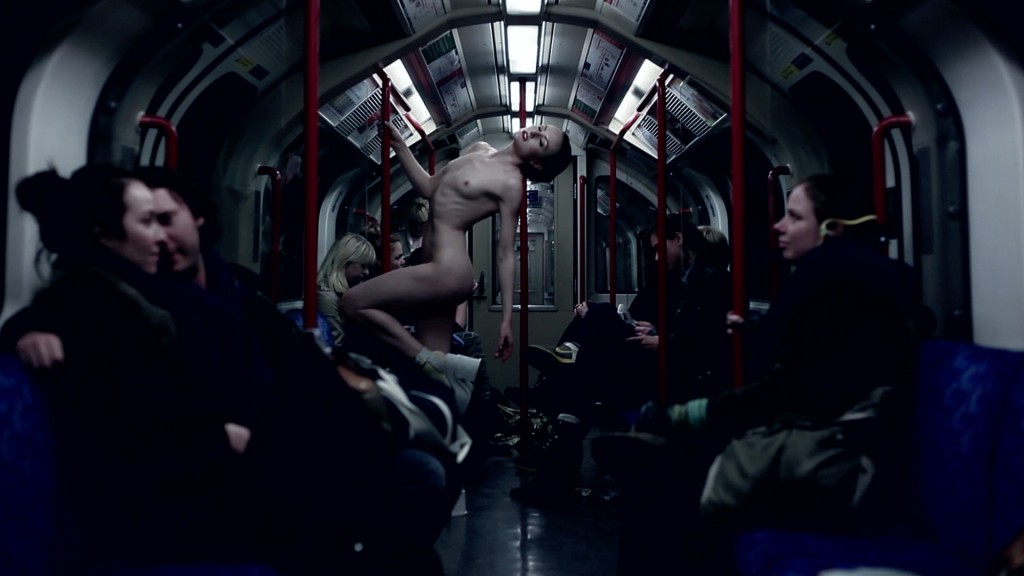
One of the highlights of our program was a special selection of five fashion films by Marie Schuller, which touch on the crossroads of cinema and photography, the representation/ underrepresentation of the female body, and the subtle relationship between the body and clothing. Two films we showed were “La Taille”, which examined a historically contextualized fashion body, and “12 Tableaux”, an intimate and poetic portrait of American musician and model Jamie Bochert. In “La Taille”, the female waist becomes the historical parameter in which fashion, cinema, and photography meet. It references the iconic work of Jean Cocteau, Horst Paul Albert Bohrmann, and Hans Bellmer. Schuller’s films work brilliantly in concert with the thematic focus of this program because they celebrate an artistic approach that addresses the need to expand the paradigm in which fashion film currently exists.
The 2015 panel discussion with critic, curator and writer Lyle Rexer, artists Marie Kristiansen and Carla Gannis, and moderator Mark Alpert.
Continuing in the theme of “fashion film”, Nick Knight’s “Sans Couture” opens up the conversation between, not only photography and video art, but the fashion world and classical painting. “Sans Couture” references back to Karl Lagerfeld’s Chanel haute couture A/W 14 show, in which Karl embraces the idea of seamlessness and also hints at deconstruction; clothes have stitches ripped out and are wrapped and bound rather than cut and sewn. However, in Nick Knight’s reinterpretation, the idea of deconstruction converges with still photographic moments and even abstract paintings, all while engaging with a more experimental sensibility. Knight’s creative process of deconstruction marginalizes distinctions between genealogies into background references. The title “Sans Couture”, which suggests the absence of fashion, casts an ironic light on the presentation of the work itself.
Our “Beauty, Sex, and Shame” program also featured music videos this year, with David Bertram’s “Data: Don’t Sing” and David LaChapelle’s “Evening in Space”. Though both are surreal and aesthetically striking, Bertram’s “Don’t Sing” is set in a more conventional American suburb while LaChapelle takes the audience into outer space through the eyes of icon Daphne Guinness. Bertram’s American suburb contains five people who come to terms with their deepest and darkest sexual and violent desires. In “Evening in Space”, a beautifully-clad Daphne makes love with a purple alien. Both futuristic and rooted in contemporary fashion, this video is a “feast for the eyes” (Farouki).
Fantasy and reality come to a head in Wong Ping’s “Emo Nose” and Cyriak’s “malfunction”. A man with an “emo” nose contemplates what it truly means to be alone when his nose detaches from his body. Ping thrusts us in a world of unusual shapes and bright, contrasting colors, but we ultimately align and feel for his main characters. Cyriak’s “malfuction” places us is a suburban kitchen we have seen before, but then distorts everything we know when a large, strange creature emerges from the sink.
This year’s “Beauty, Sex, and Shame” program concluded with a Q&A session moderated by Mark Alpert that featured artists Andrea Sisson of “TV Time” and Marie Kristiansen who directed “MOO”. Marie Kristiansen spoke about “MOO” and her desire to stray away from conventional forms of beauty by picking an older cast who peels off their skin to reveal their younger selves. Andrea Sisson talked about her own foray into the fashion film world through “TV Time” and where she sees her work heading.
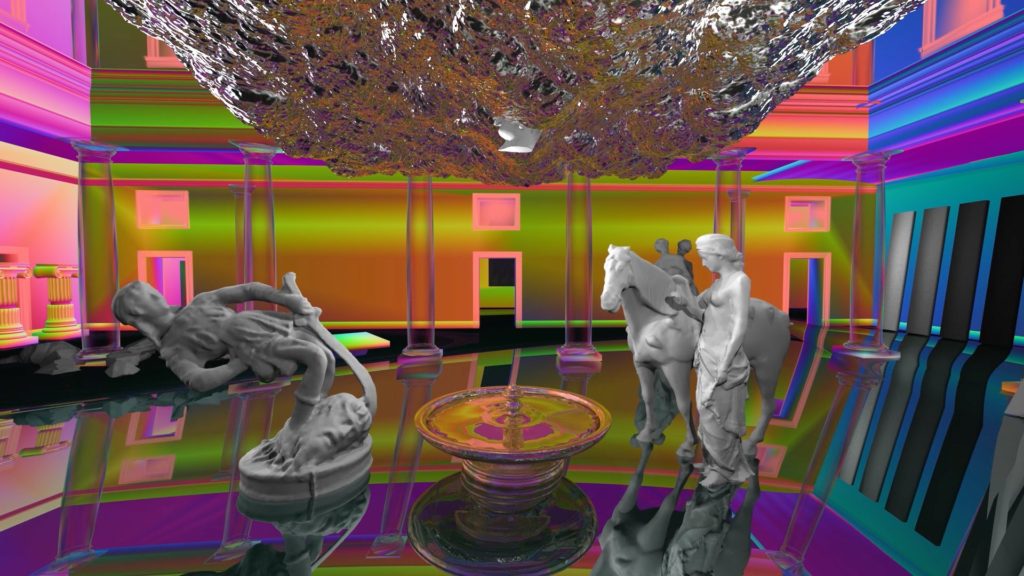
Our second program this year was “Chaos Meets Structure”, which included visual and sonic distortions, — Rui Hu’s “Metropolitan Triangle Garden” and Monteith McCollum’s “SoundPrint” — plays on shape and form, — Jon Gillie’s “Building on a Detail” — and a manipulation of found footage — Karina Acosta’s “WINNERS Chapter #1” and Adrian Flury’s “Place I’ve Never Been”.
One recurring theme is the idea of reinterpreting known art in ways that work with our current digital media landscape. In Carla Gannis’ “Garden of Emoji Delights”, she uses “emojis” to re-invent Bosch’s famous triptych “Garden of Earthly Delights” by replacing religious vocabulary with secular and digital symbols and in Rui Hu’s “Metropolitan Triangle Garden”, he uses experimental 3D animation to manipulate classical sculptures at the Met, leading them in a destructive performance triggered by software glitches, distortions, and misused simulations.
Another film in the “Chaos Meets Structure” program is Monteith McCollum’s “Soundprint”, a mesmerizing and rhythmic combination of found and ambient sounds and rephotographed images. For the purposes of our program, Monteith brought sound cards that the audience could use to cue the sound in the movie. It is his desire that we break out of the static relationship the film and audience have with one another.
Interestingly, this year’s festival has two pieces that recontextualize found images and one that works with found footage. One is Antonio Da Silva’s “PIX”, which takes found images, from encounters, friends, Grindr and Tumblr, of exposed men and compiles them in a visual collage that addresses the narcissistic and exhibitionistic understandings of self. Thousands of male bodies in similar male poses are put together to create the mosaic of one body. Using a similar approach, Adrian Flury’s “A Place I’ve Never Been” sources multiple digital images of the same place from different archives to give new meanings to the prevailing redundancy of these pictures. Karina Acosta’s “WINNERS Chapter #1” works with TV show footage from multiple countries to explore the concept that reality TV connects us with a hyper individualism as we become voyeurs to other people’s discomfort.
This year’s “Chaos Meets Structure” program concluded with a Q&A session moderated by Mark Alpert that featured artists Karina Acosta, Jon Gillie, Heidi Kumao, Carla Gannis, and Monteith McCollum. The artists contextualized their pieces and answered audience member’s burning questions.
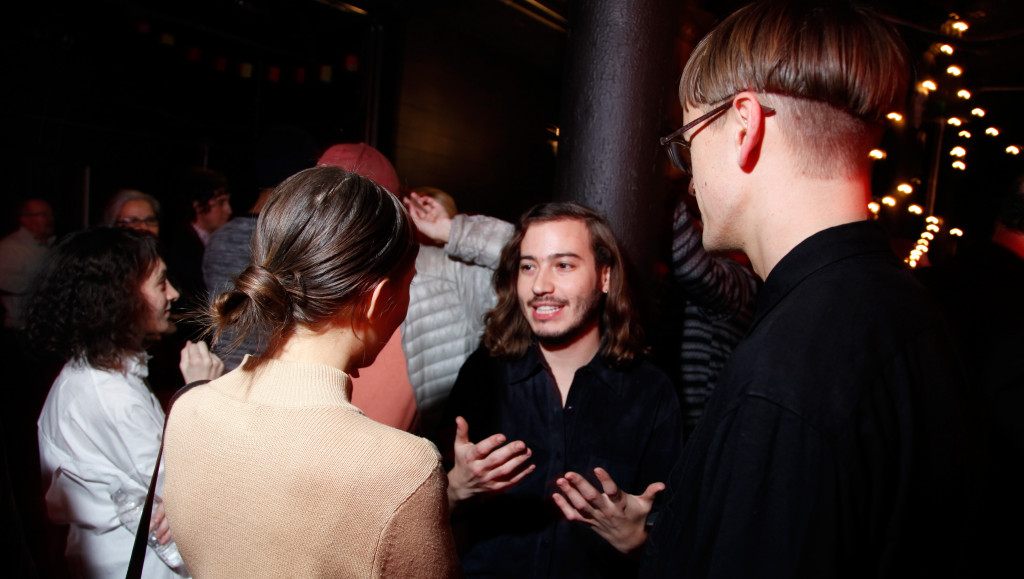
On Saturday night, we presented a special program that concluded with a panel discussion featuring artists Marie Kristiansen and Carla Gannis, and curator, critic, and writer Lyle Rexer, all moderated by Mark Alpert. The panelists discussed the current crop of experimental films and where they see experimental film headed.
After a successful panel discussion, the crowd headed to the magical Downtown Community Television Center, a renovated fire station, where festivities were underway for our gala event! Artists, filmmakers, and film enthusiasts gathered to eat, drink, and dance, while models worked with photographers backstage as part of our live photoshoot. Our photoshoot project aimed to revisit old photographs from 1840 to 1920 that represented the controversial and dynamic beginnings of photography, namely the photography that focused on prohibited displays of nudity/semi-nudity.
All in all, this year’s festival was a success. VAEFF 2015 was able to showcase a new crop of experimental film that was dynamic, fresh, and continues to challenge our definition of “experimental”. Working in animation, photography, 3D printing, and even on canvas, our artists were able to bring something truly magical to VAEFF 2015.
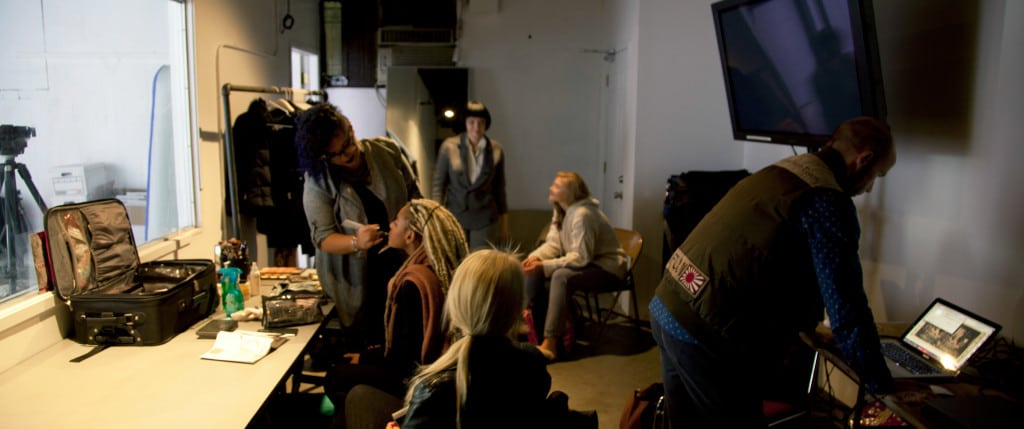
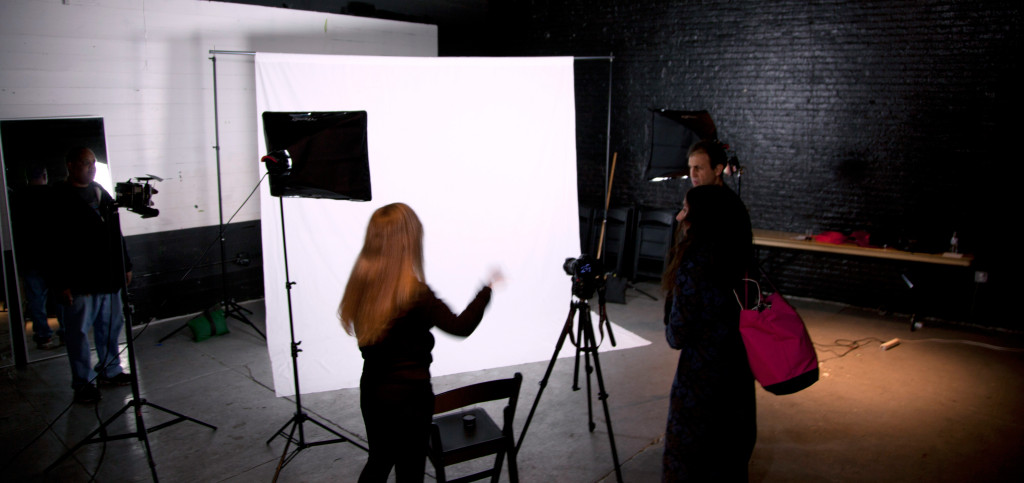
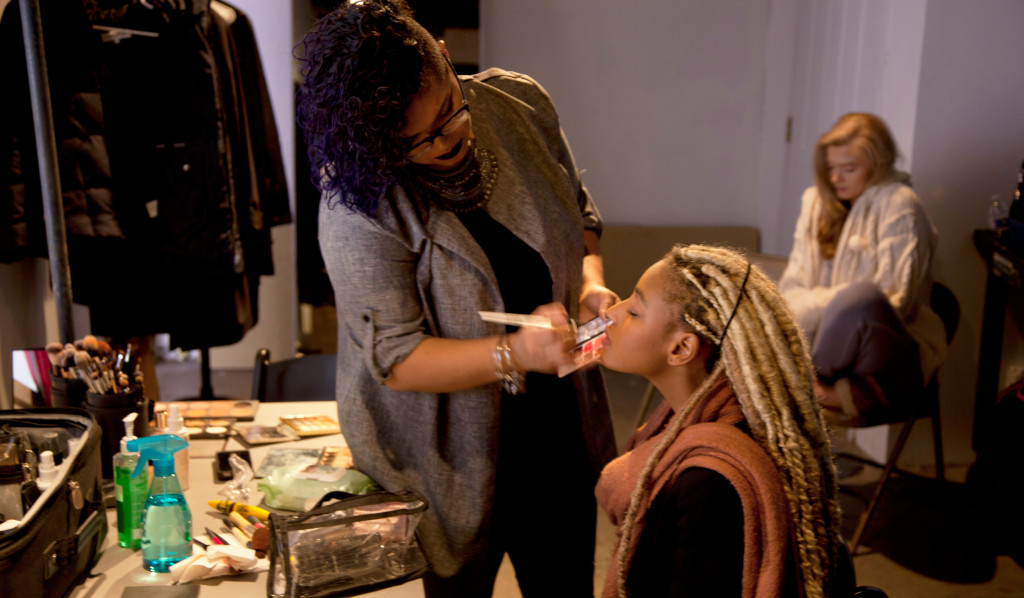
This Post Has 0 Comments